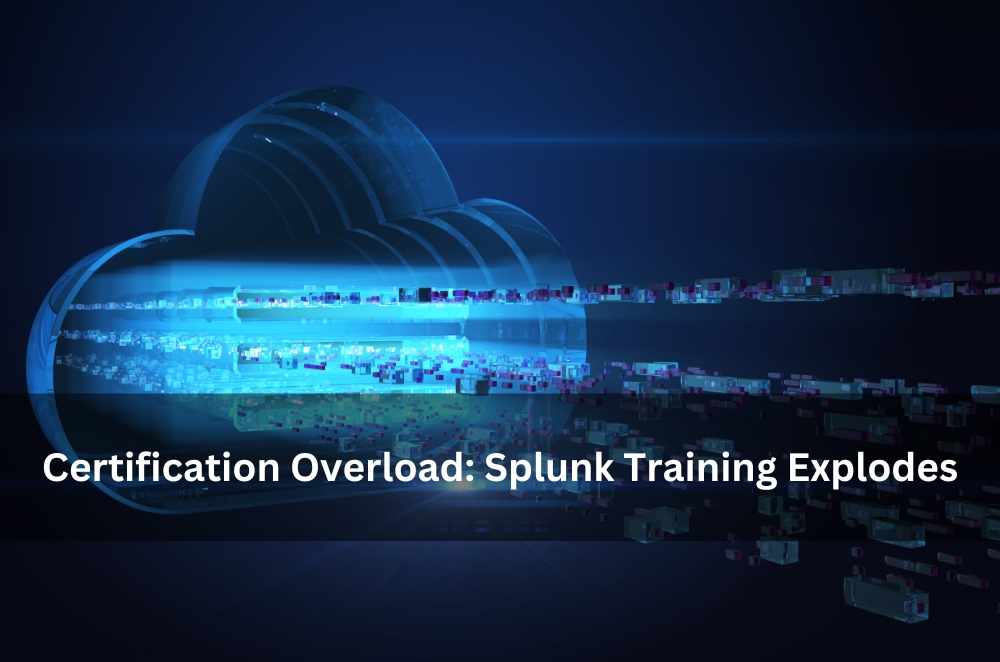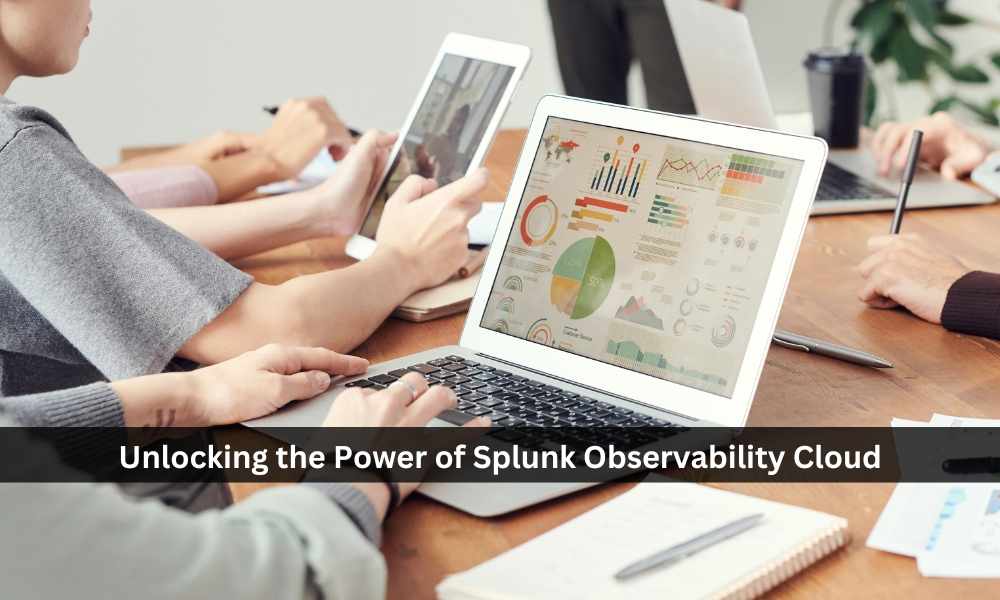
Splunk Enterprise Security is an end-to-end platform that oversees, discovers, and investigates security threats in cloud and traditional network environments. It delivers exclusive threat intelligence and analytics functions that allow companies to strengthen their security resilience and safeguard their most vulnerable assets. This guide provides essential steps and best practices for achieving success with Splunk enterprise security for cloud environments.
Key Considerations for Cloud Security with Splunk Enterprise Security
Centralised Visibility: Access full visibility through cloud infrastructure, applications, and users' activities from one place on the platform.
Continuous Threat Monitoring: Real-time monitoring needs to be installed to identify the possible malicious behaviour, malicious activity, and potential vulnerabilities of the system.
Advanced Analytics and Correlation: Machine learning and statistics can be used to acquire and merge data about events. As a result, the liquidity of false positives will be reduced while the detection of threats will be improved.
Best Practices for Implementation
Integration with Cloud Services: Splunk Enterprise Security Integration with cloud providers such as AWS, Azure, and GCP for a guaranteed seamless data collection and analysis process.
Custom Dashboards and Reports: You can create dashboards and reports specially designed to fit your security needs. These reports give you a current view of cloud security and show real-time insights.
Incident Response and Forensics: Apply Splunk's securities technology to incident response to examine and successfully respond to security breaches.
Conclusion
Implementing Splunk Enterprise Security for your cloud is an integral step in enhancing security. By incorporating strategies to automate with Splunk, organisations can unlock the platform's full potential, improving situational awareness and effectively minimising security threats. Consistent supervision, frequent analysis, and continuous development remain fundamental to sustainable and proactive cloud security strategies.







Write a comment ...